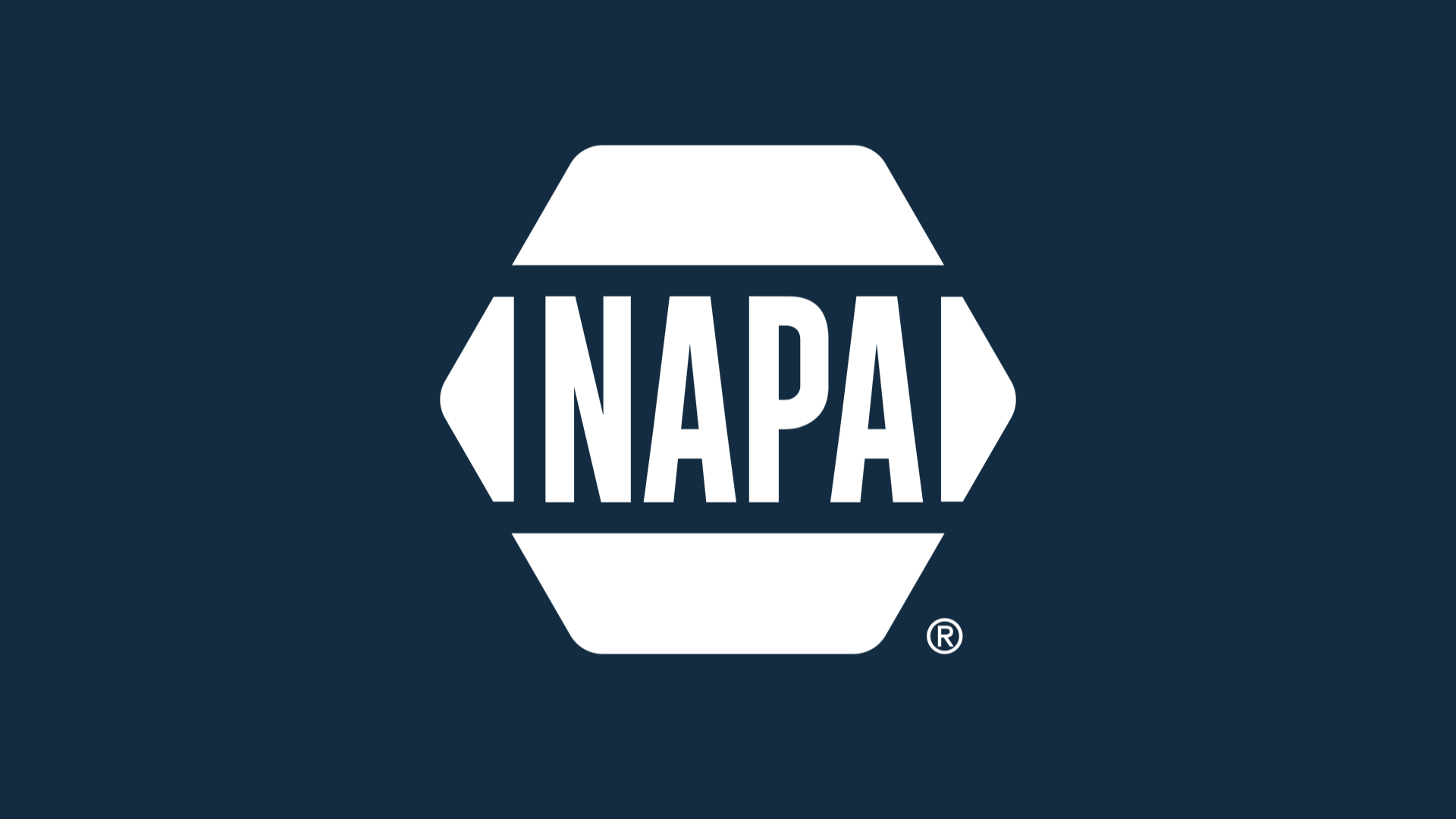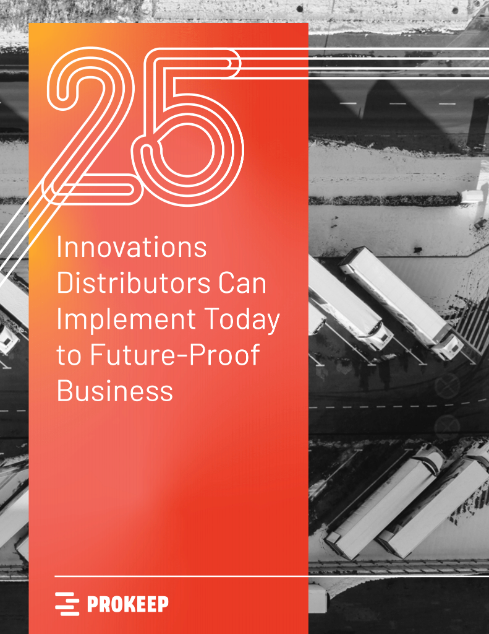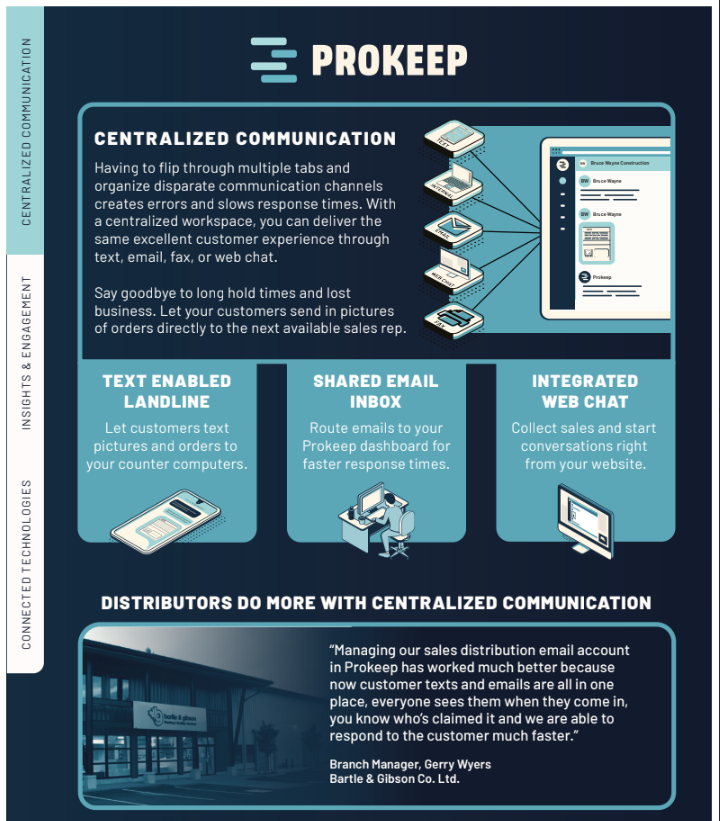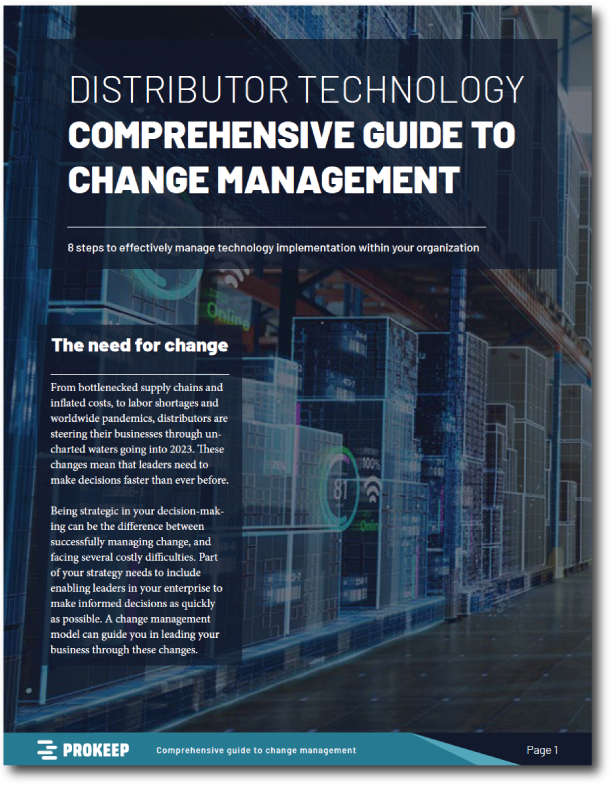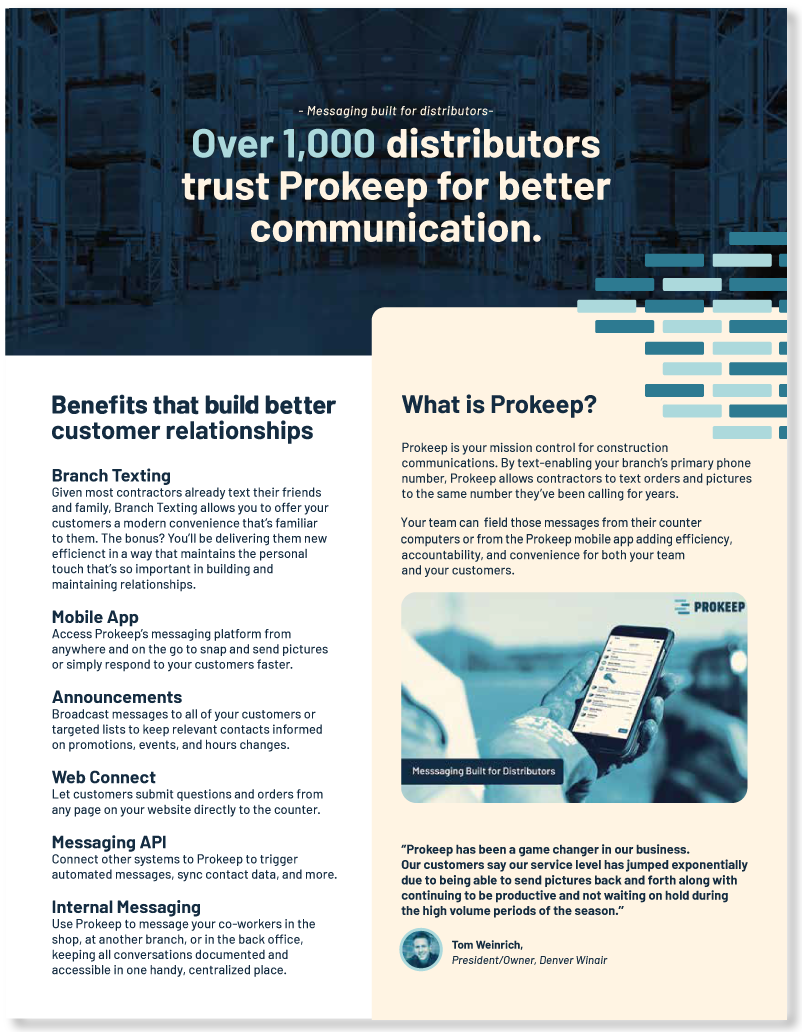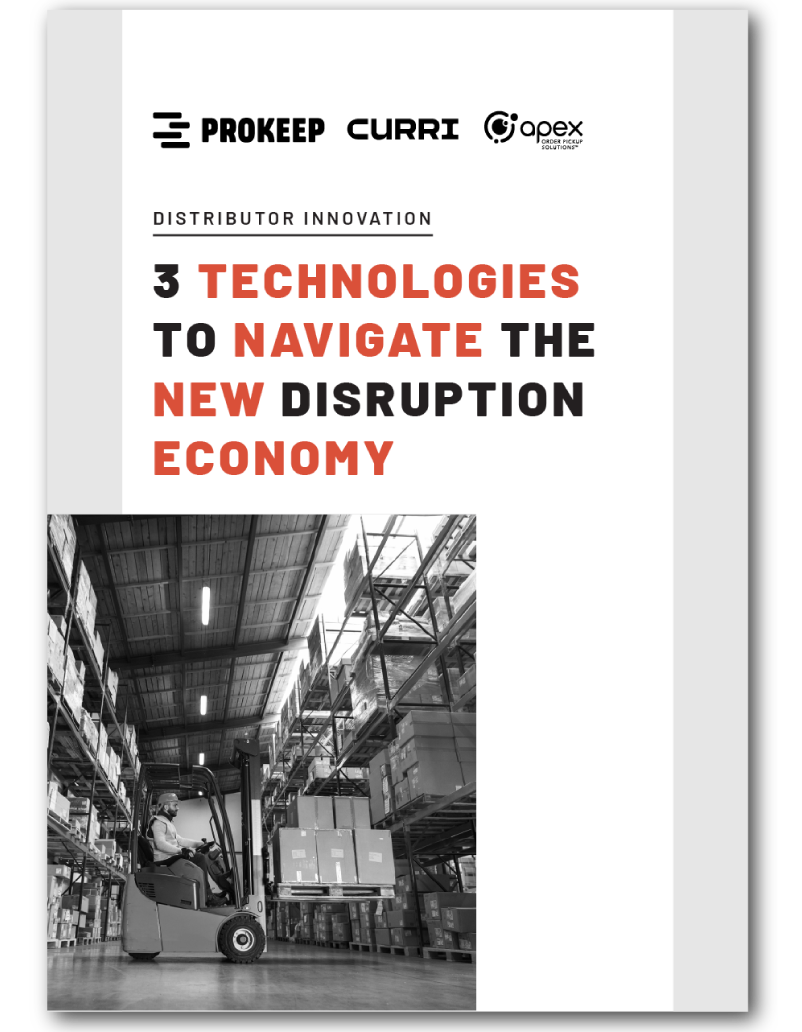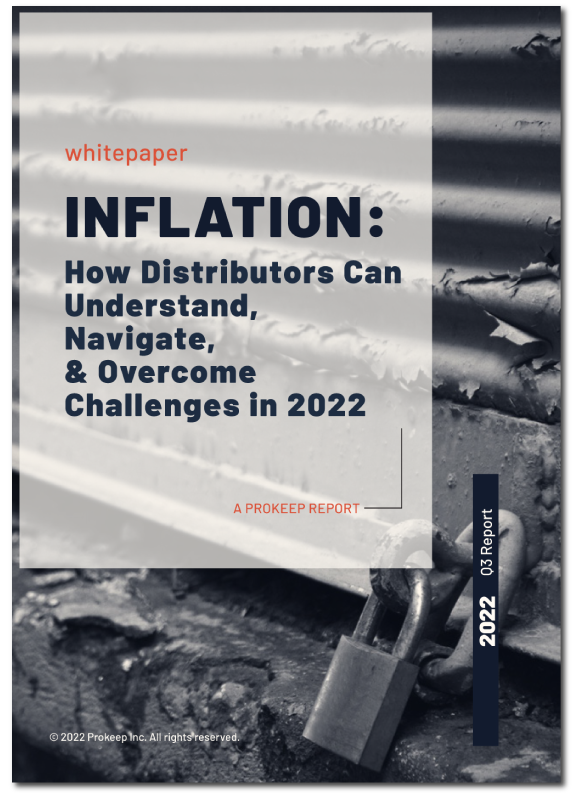Turning Data into Enterprise-Wide Revenue & Performance Gains


Executive Summary: Turning Data into Enterprise-Wide Revenue & Performance Gains
As a CXO, you're responsible for leading strategy, driving performance, and unlocking growth across every division. But even with dashboards, CRMs, and reports at your fingertips, one challenge remains: your data is disconnected.
Customer conversations happen on personal phones, quotes get buried in emails, and service insights live in siloed systems—leaving you with incomplete visibility and reactive decisions.
Many leaders try to bridge the gap with new tools or added processes, but those quick fixes only create more friction. What you actually need is a centralized communication foundation—one that captures key data at the source, fuels automation, and scales performance without adding complexity.
By unifying how your teams communicate, you don’t just clean up your workflows. You unlock the strategic insight and operational control to drive measurable results across your organization.
Key Takeaways:
- Why disconnected communication creates blind spots that slow enterprise performance
- How capturing data at the point of interaction builds a system of record you can trust
- How automation frees your team from manual tasks while generating revenue
- Two high-impact ways to centralize and act on your data without disrupting operations
- What CXOs gain when they lead from visibility—not volume
Introduction: Visibility Isn’t a Nice-to-Have—It’s a Competitive Advantage
As an enterprise leader, you’re expected to steer the ship. But it’s hard to make confident decisions when you can’t see what’s happening at the ground level.
You might be asking:
- Which teams are following up with high-value customers?
- Are quotes sitting idle or getting closed?
- Where are the delays that are costing us margin?
The challenge isn’t a lack of effort from your teams. It’s that critical data is hiding in fragmented systems and workflows—out of view, out of reach, and out of sync.
And when communication is siloed, you:
- Lose context between sales, service, and support
- Miss timely opportunities to drive revenue
- Rely on anecdotal updates instead of real-time insight
Understanding the Challenge: Scattered Communication, Fragmented Data, and Slower Decisions
Across your enterprise, customers are messaging reps directly, emailing branches, calling into service lines, and sending faxes that land in physical machines. Each of these interactions holds valuable data—but when communication is scattered across personal devices and unconnected tools, that data gets lost or delayed.
And without a centralized record of what’s happening, you’re stuck reacting instead of leading.
The result?
You can’t lead an efficient, data-driven organization when each team is operating in its own silo.
If visibility requires weekly check-ins, after-the-fact reporting, or manual updates, your operations aren’t built to scale.
Without centralization:
- Sales velocity slows down
- Service gaps become invisible until they hurt retention
- Strategic decisions are made with incomplete or outdated information
It’s not just a tech problem—it’s a growth problem.
And solving it starts with how you communicate.
The fix? Don’t add more software. Build a centralized communication engine that powers visibility, action, and growth—at scale.
Solution Overview: Centralize to See Clearly and Act Faster
Centralizing communication doesn’t just make it easier for your teams to collaborate—it creates a system of record that works behind the scenes to surface insights, automate tasks, and keep you informed without micromanaging.
Here are two practical ways CXOs can start driving enterprise-wide performance gains right now:
Tip 1: Data is Power—But Only if You Capture It
You’ve invested in tools to track performance. But if your team’s most valuable conversations happen on disconnected channels—texts, emails, faxes, and calls—you’re not getting the full picture.
This leaves you flying blind when it comes to:
- Customer satisfaction and engagement
- Rep accountability and follow-through
- Accurate forecasting and pipeline visibility
The best insights come from the raw communication data that flows through your business every day—but only if you can capture and centralize it.
Tip 2: Give Yourself Time Back—Automate Smart Follow-Ups
One of the easiest ways to grow revenue across your organization is also one of the most overlooked: following up at the right time, every time.
Yet follow-ups are often missed because:
- Reps are busy and forget
- There's no system prompting them
- It’s unclear who owns the next step
The result? Lost revenue, slower close rates, and a reactive customer experience.
By using automated follow-up workflows, you create proactive, consistent communication without adding to your team’s workload.
Benefits and Expected Outcomes: You Don’t Need More Tools—You Need the Right Foundation
As a CXO, your job is to lead with vision, but that vision can’t come from fractured data and reactive updates.
You need visibility that doesn’t slow down your teams.
You need insight that doesn’t rely on manual input.
You need systems that work for people, not the other way around.
Start with two high-impact steps:
- Centralize customer communication into one platform to unlock insight
- Automate follow-ups to give your team time back while accelerating revenue
When you do that, you transform communication into a strategic asset—one that drives performance, builds consistency, and helps your business scale without chaos.
Because the fastest-growing enterprises aren’t adding complexity.
They’re centralizing what matters—and acting on it.






.png)




